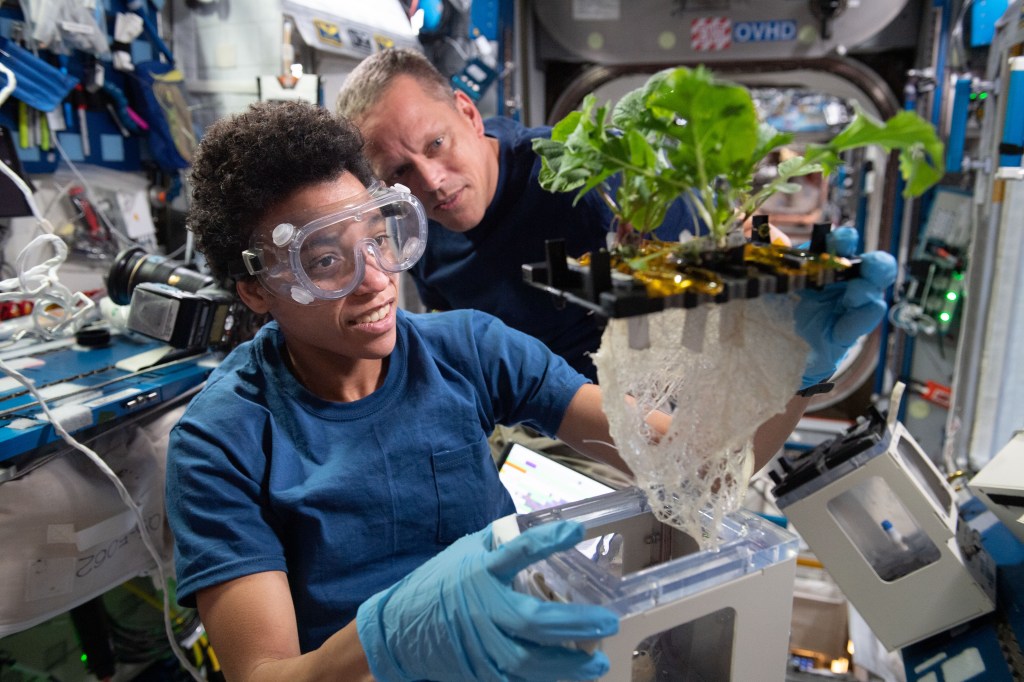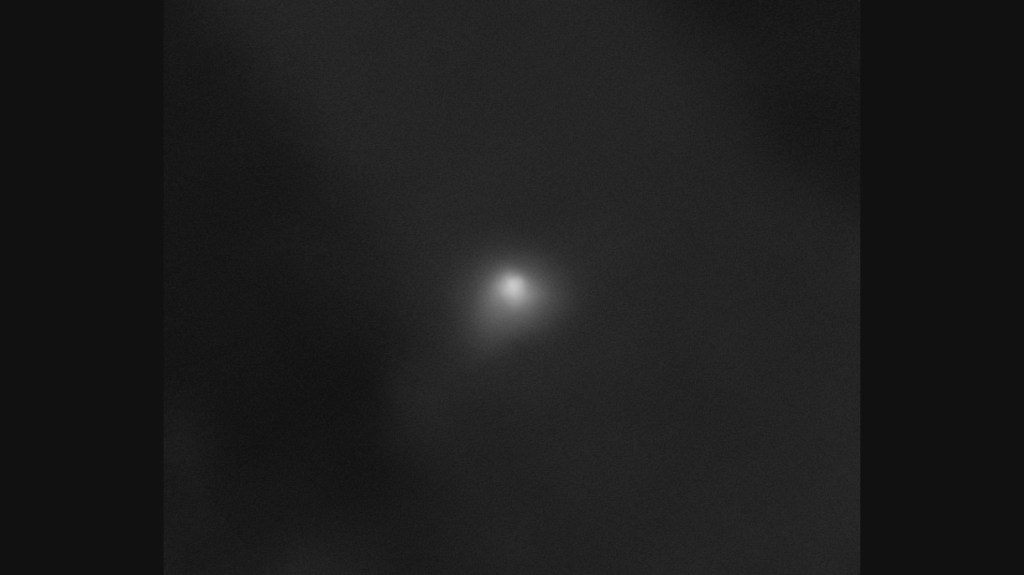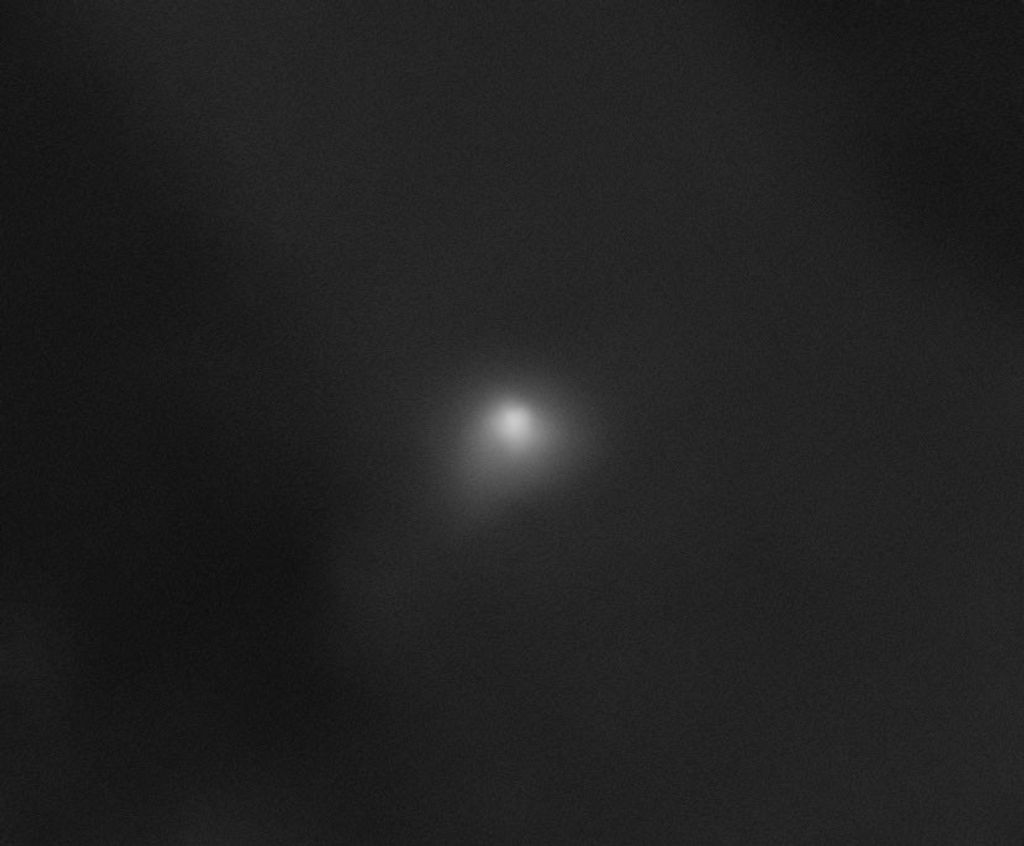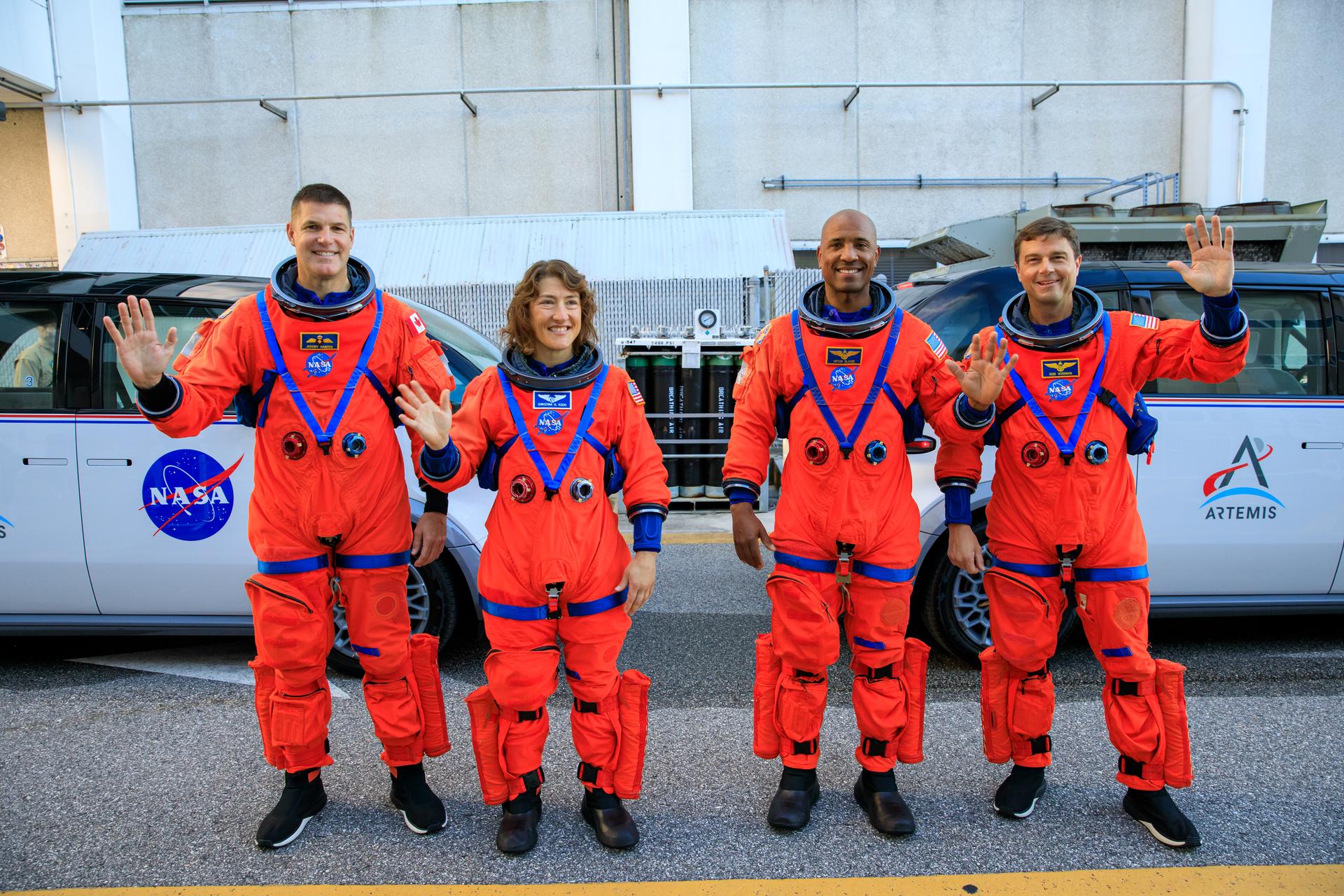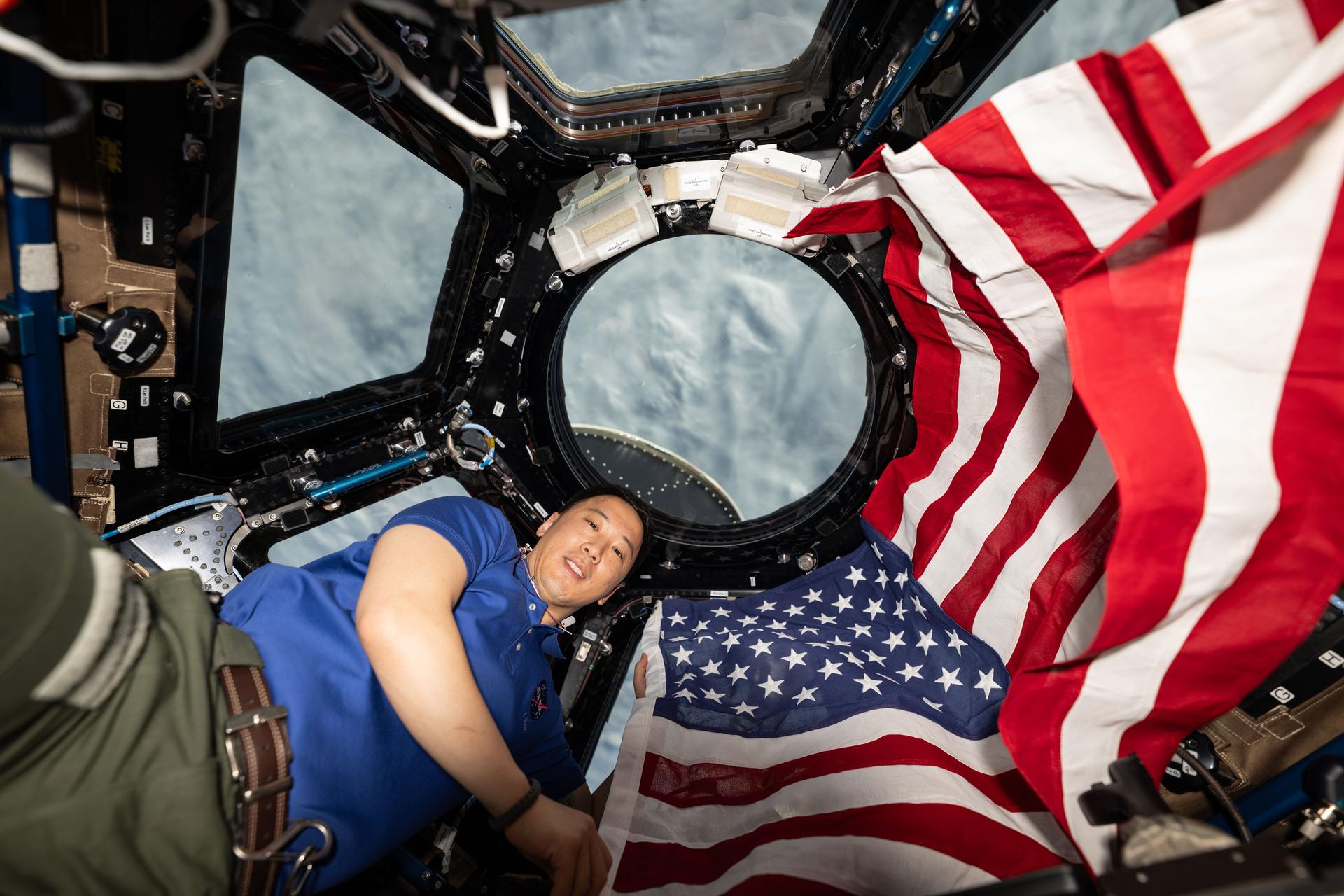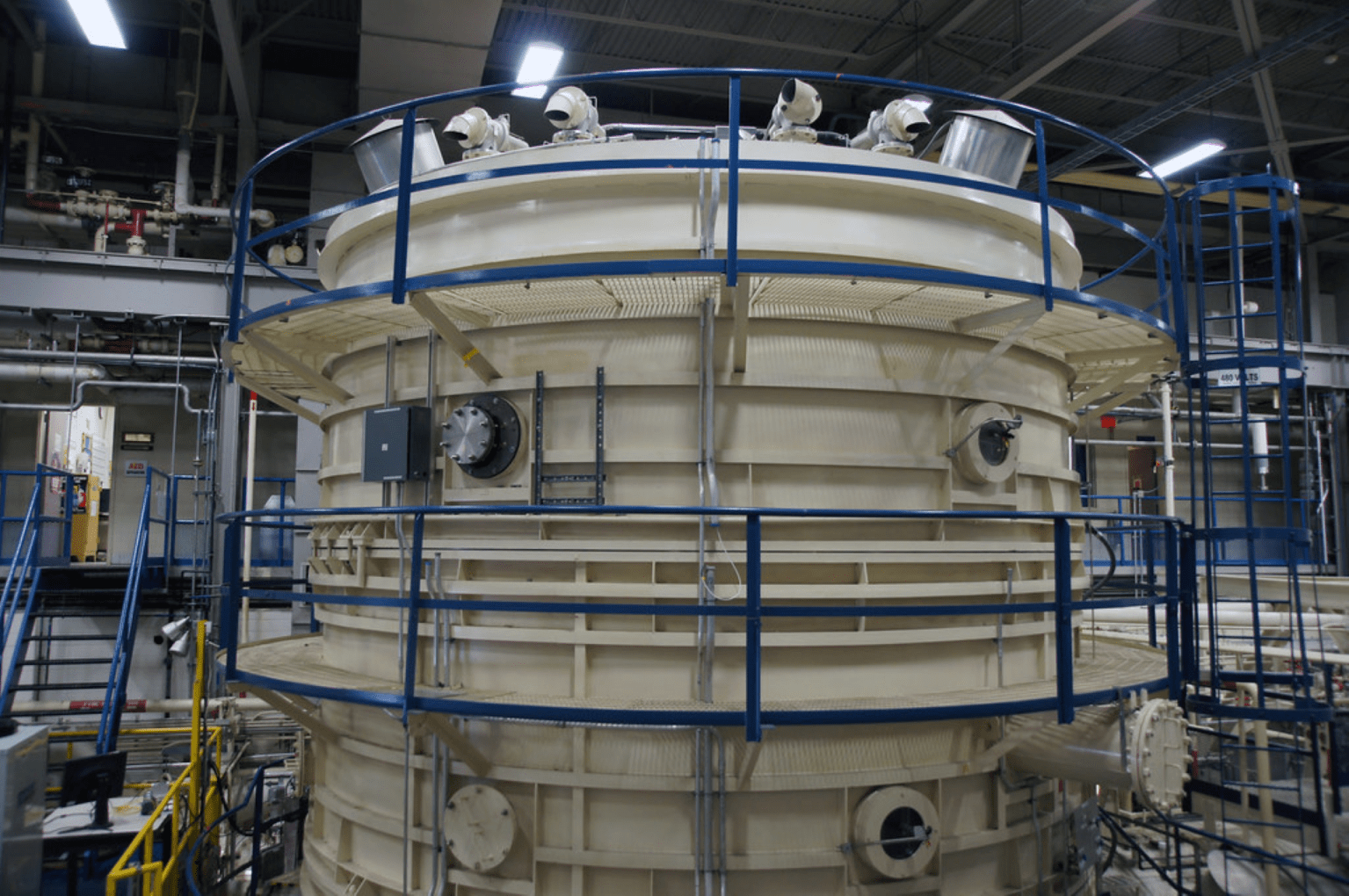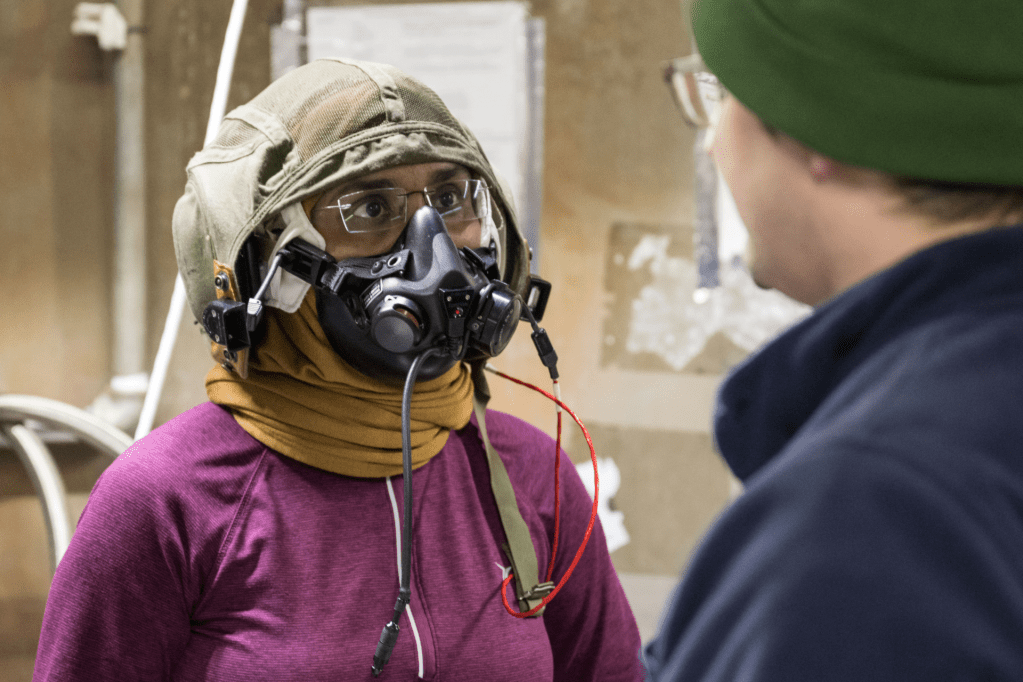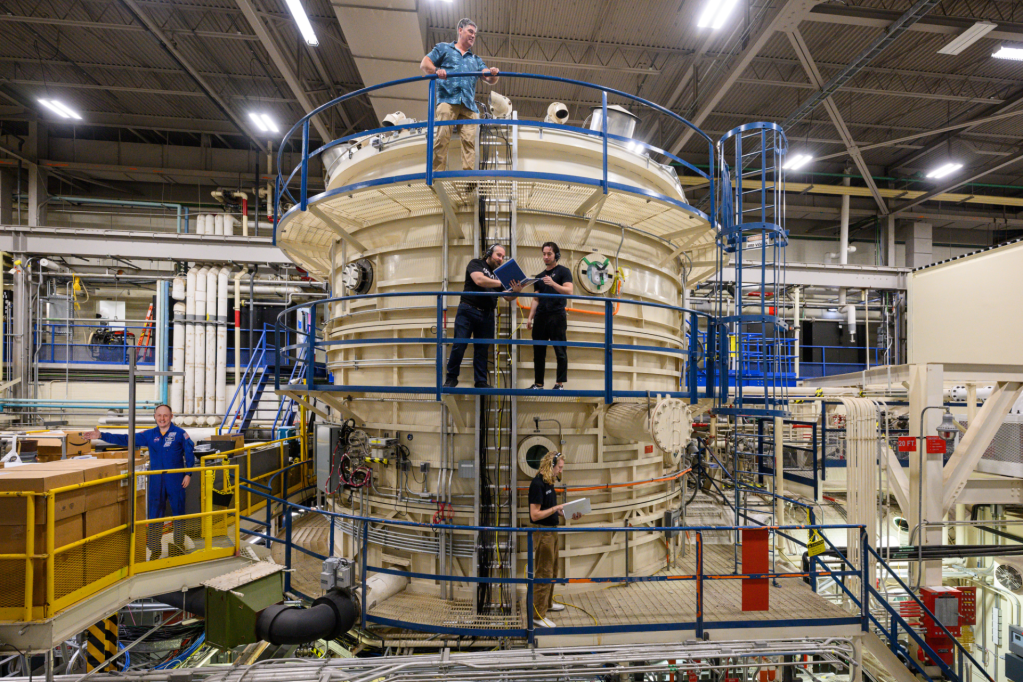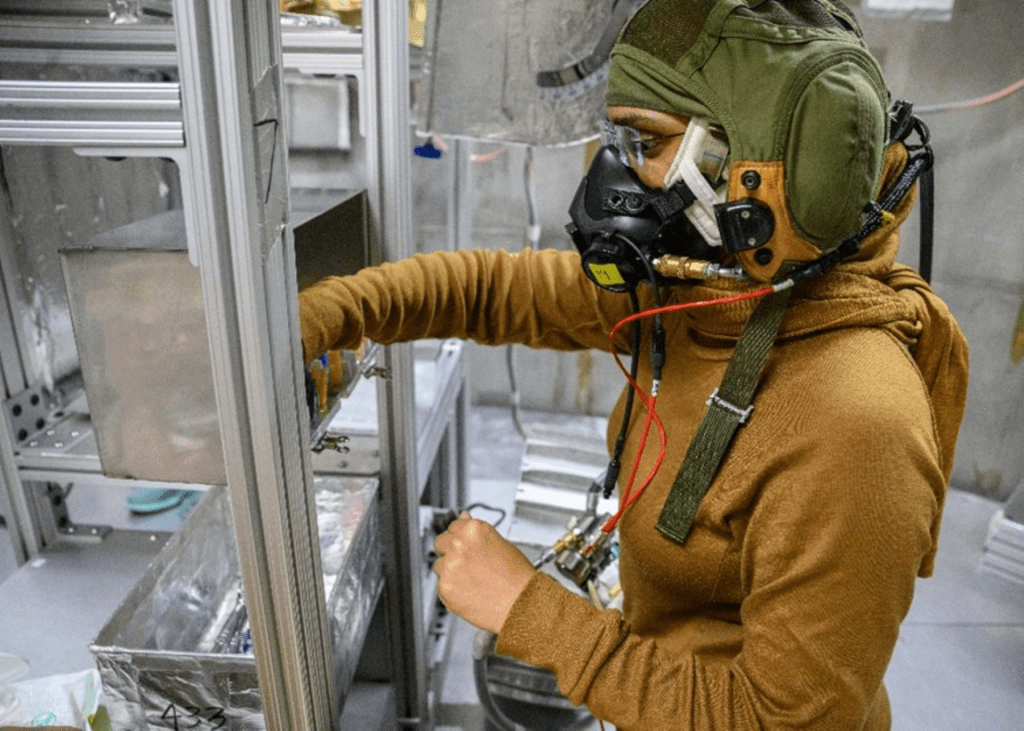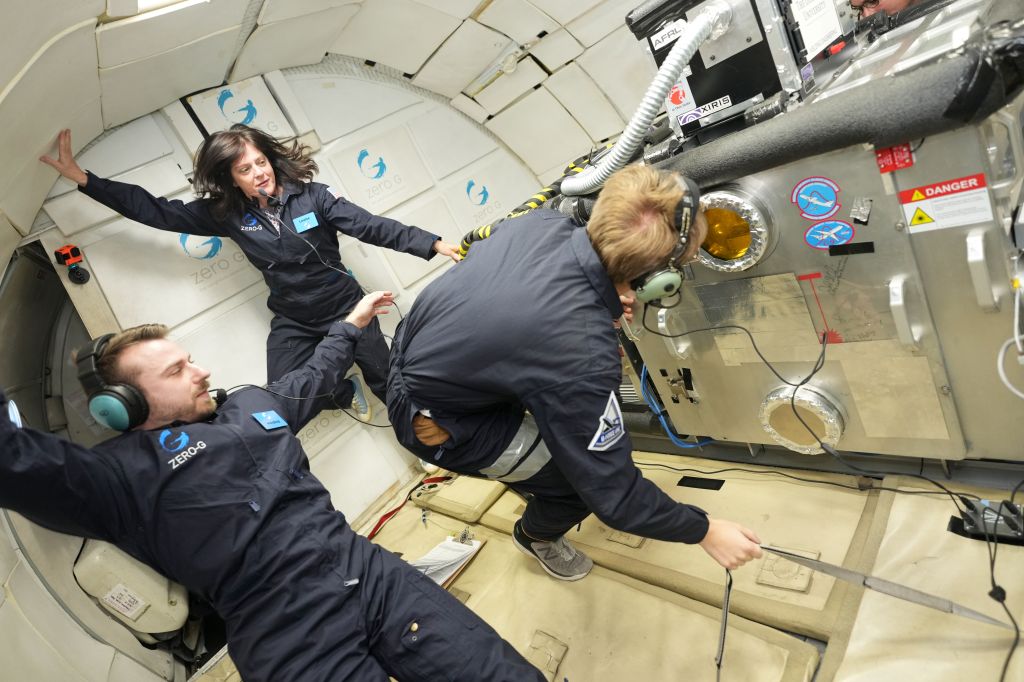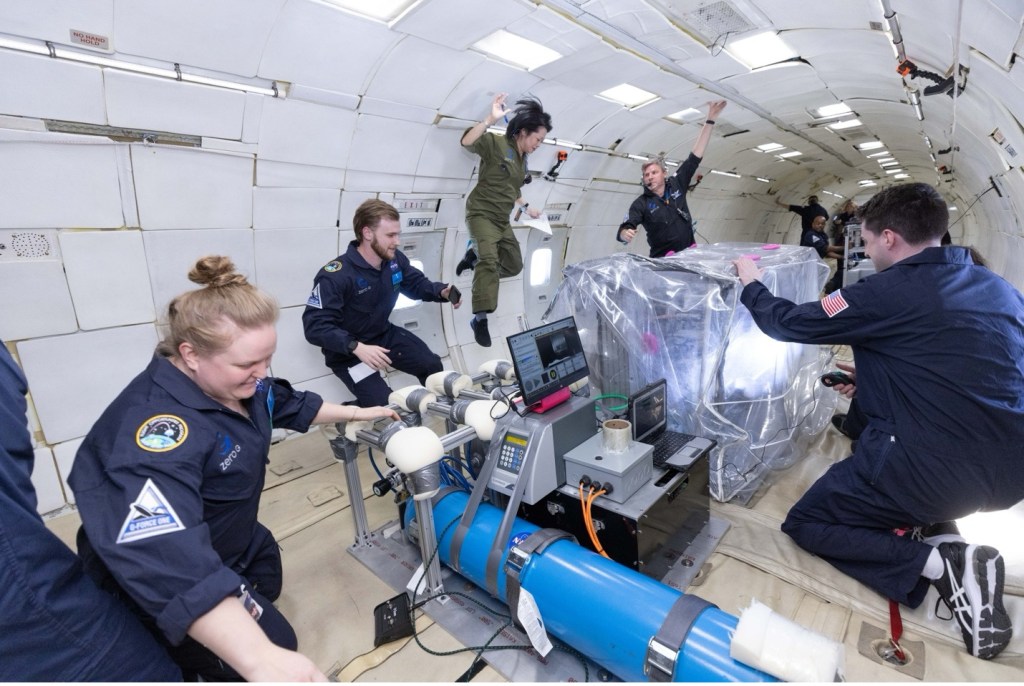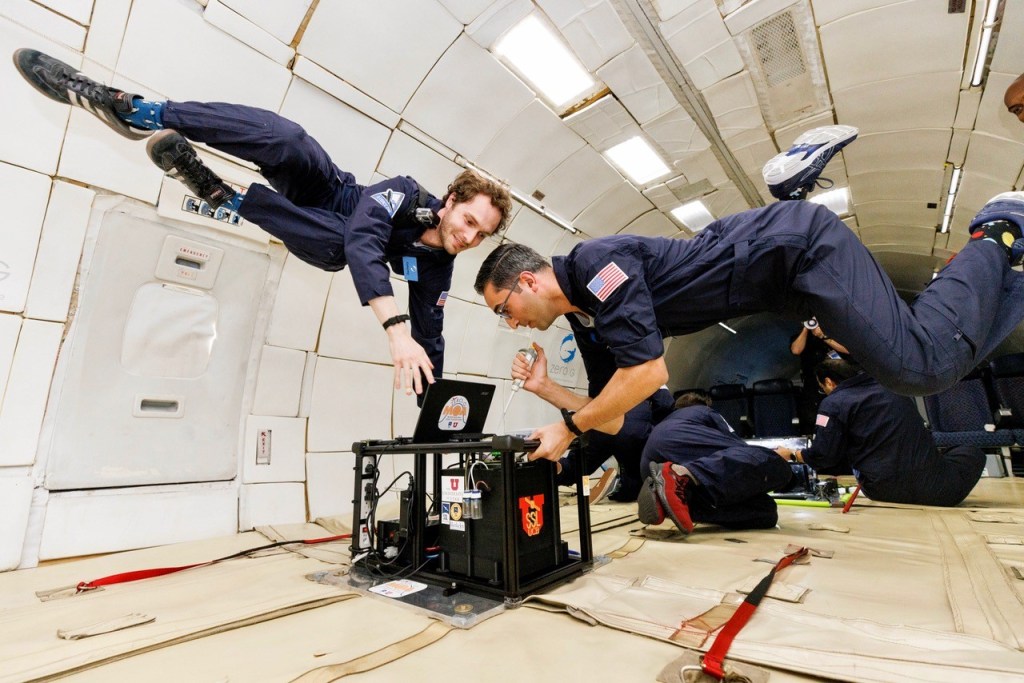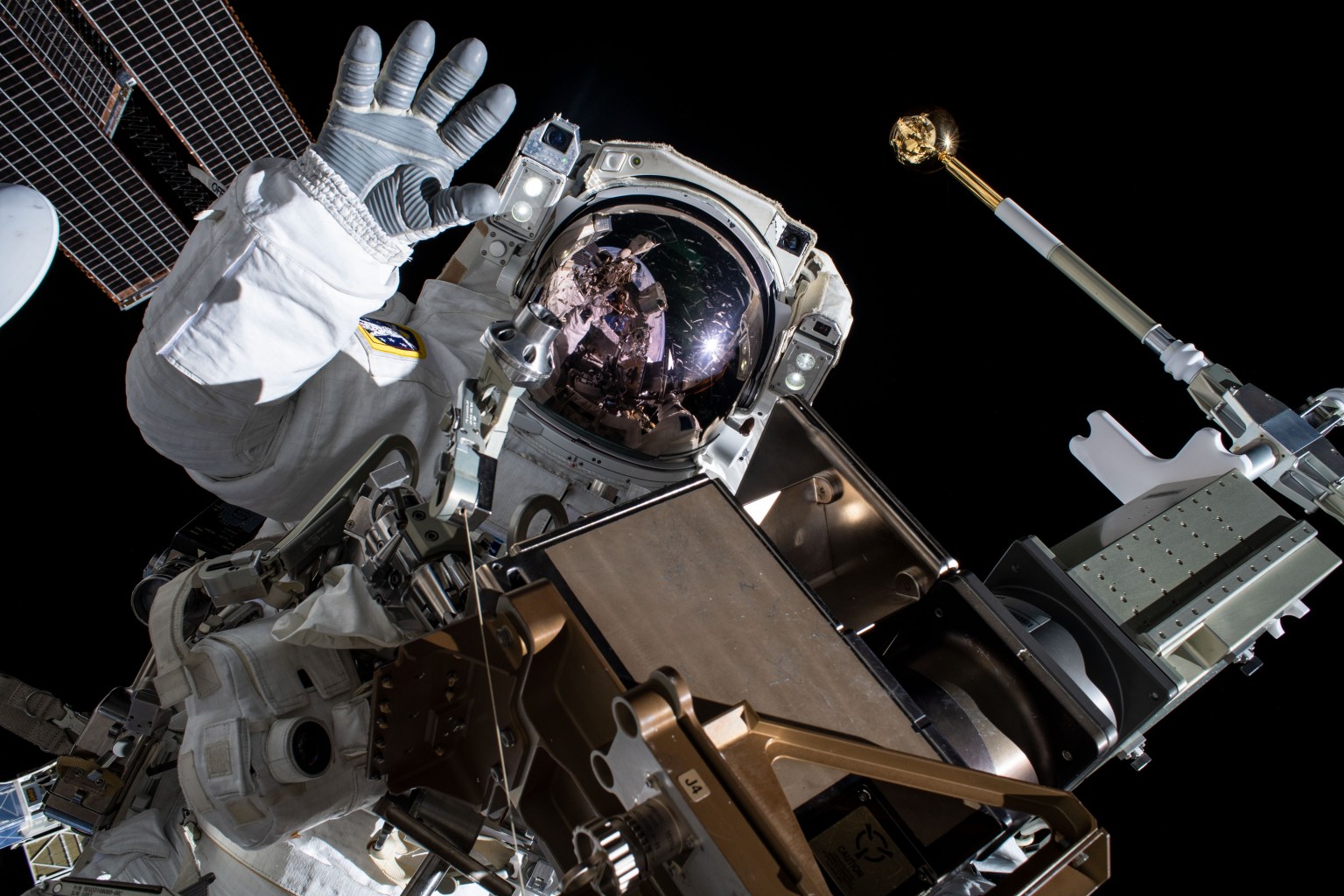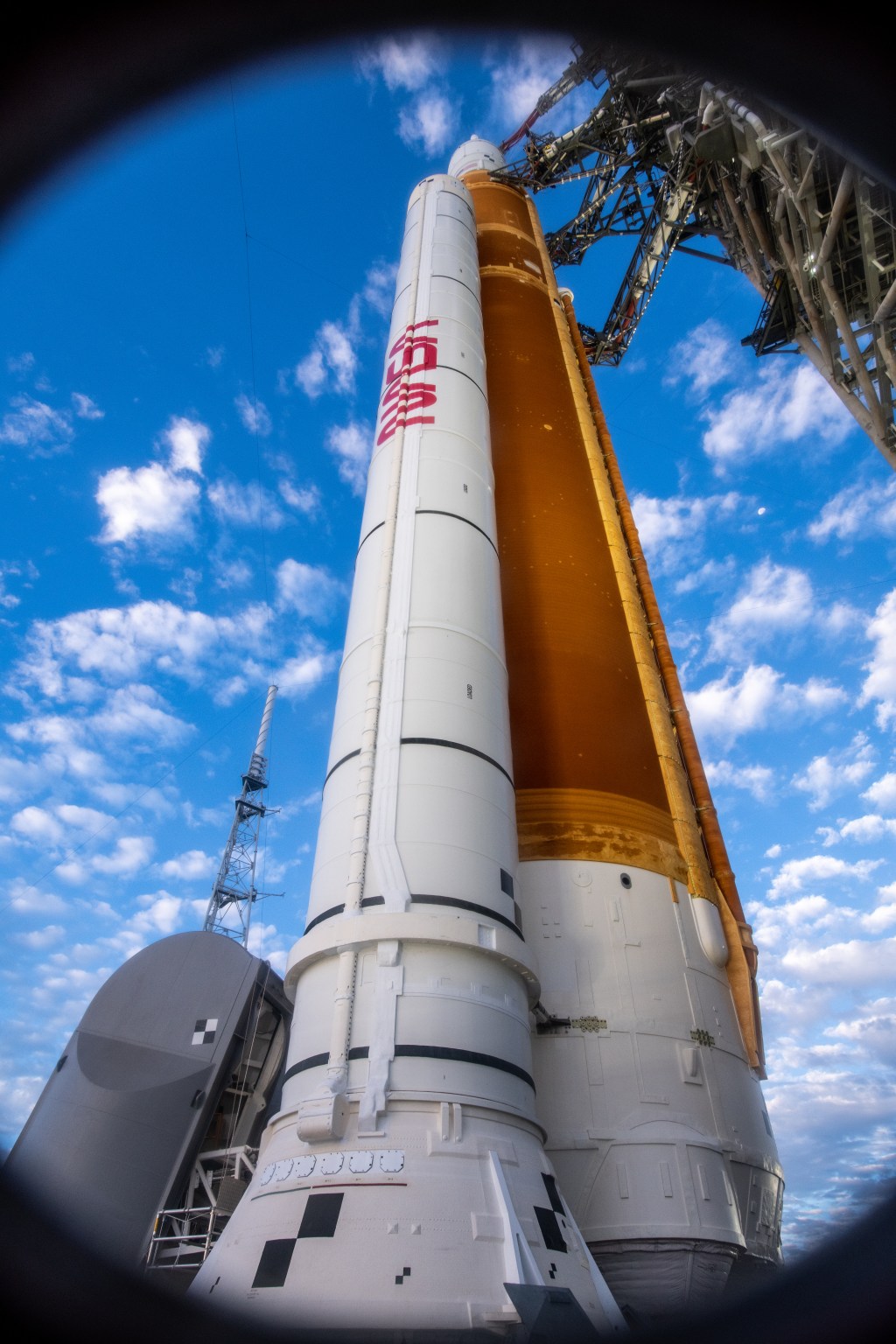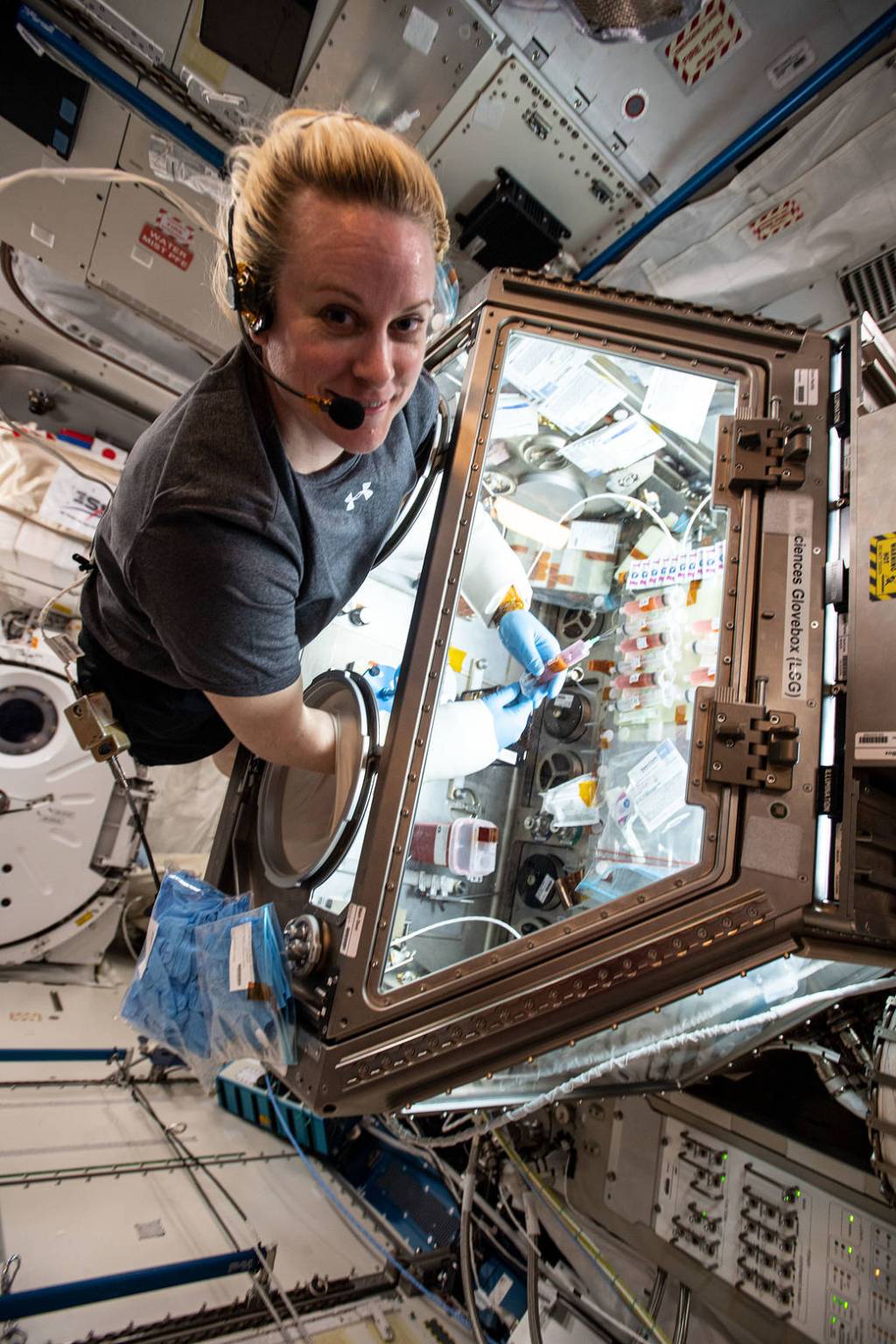Location: NASA’s Johnson Space Center in Houston is the major site for this work.
Purpose: Altitude chambers (more technically known as hypobaric chambers) allow scientists to test different protocols and interventions designed to keep humans safe, primarily by mitigating decompression sickness during spacewalks.
Duration: Analog missions inside Johnson’s 20-Foot Chamber typically run for about two weeks.
Description: NASA simulates the physical pressure levels astronauts would experience before and during spacewalks using several large-scale chambers that operate below Earth’s atmospheric pressure. This work is primarily performed at NASA’s Johnson Space Center in Houston, through multi-week experiments in which volunteers live and work inside a three-story, 20-foot diameter chamber. There, volunteers experience different atmospheric compositions and protocols to replace nitrogen in the body, and test out research designed to help astronauts avoid hypoxia and decompression sickness. The tests aim to maximize the health and performance of crews and the available operational time for conducting spacewalks.
Specifications: Johnson’s 20-Foot Chamber is a three-story cylindrical altitude chamber with a diameter of 20 feet and a total height of about 28 feet, with accommodations for up to eight crew members. The first floor houses equipment to simulate the motions and physical workloads associated with conducting spacewalks. The second floor has bathrooms and sleeping accommodations for the volunteers. The third floor serves as a galley and general meeting and working space.
During testing, volunteers first spend around two days adjusting to the new pressure environment, then complete tasks in simulated spacewalk conditions with even further depressurization. In new research designed to resemble future deep space missions, volunteers conduct daily six-hour spacewalk simulations for five days in this environment to simulate the conditions of back-to-back spacewalks.







